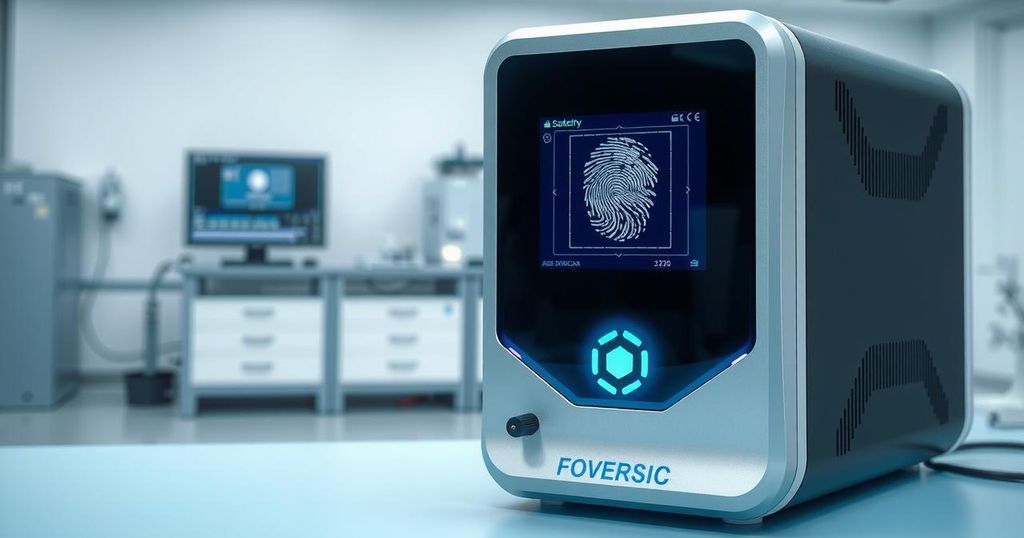The DHS is transitioning its biometric identity management system, which contains over 260 million data points, to the cloud via the Homeland Advanced Recognition Technology (HART) system. This move enhances efficiency and data processing through a microservice architecture, aligning with a federal trend towards cloud computing for better data management and operational improvements. Sean DuGuay, a leader in government cloud initiatives, cites major benefits of this transition at the upcoming 2024 Homeland Security Summit.
The Department of Homeland Security (DHS) is planning to transition its extensive biometric identity management system, which stores over 260 million biometric data entries, to a cloud-based platform. This was detailed in a request for information (RFI) from the Office of Biometric Identity Management (OBIM). This move reflects a broader trend across federal agencies implementing cloud computing technologies to improve operational efficiency and data management. Inquiring about the move to cloud computing? The 2024 Homeland Security Summit will feature keynote speaker Lisa MacDonald, the OBIM director, who will discuss the strategic priorities for OBIM’s biometric initiatives. OBIM currently operates the Automated Biometric Identification System, or IDENT, to manage various biometric identifiers collected from travelers at U.S. entry points, including digital fingerprints, facial recognition, and iris scans. The system is set to migrate to the new Homeland Advanced Recognition Technology (HART), which will transition the matching process from a traditional hardware framework to an innovative cloud-based microservice architecture. This shift is crucial as it aims to enhance the scalability and flexibility of biometric data processing. The federal government’s momentum towards cloud computing is evident, with significant investments such as the Department of Defense’s multi-vendor Joint Warfighter Cloud Capability contract, valued at $9 billion in late 2022. The move to cloud services is primarily motivated by a need to enhance productivity, support digital transformation efforts, and improve data handling capabilities across agencies. Sean DuGuay, President and Chief Revenue Officer at M9 Solutions, articulated the advantages of this transition, emphasizing how cloud adoption facilitates improvements in efficiency, security, and service delivery for federal agencies, therefore better addressing public needs in a dynamic digital landscape. For those interested in further discussions surrounding this topic, DuGuay will also moderate a panel about DHS’s new AI Corps during the summit.
The DHS’s biometric identity management system is critical for national security and immigration control, utilizing sophisticated technologies to process vast amounts of biometric data collected from international travelers. The system’s transition from IDENT to HART marks a significant evolution in the approach to biometric data management, steering toward a cloud-based infrastructure that promises more powerful data processing capabilities and agility. This shift is part of a larger federal strategy embracing cloud computing as a solution to the operational demands faced by government agencies.
The DHS is undertaking a significant upgrade to its biometric identity management by moving to a cloud-based system, enhancing its capacity to manage and process biometric data securely and efficiently. This transition aligns with a nationwide trend of federal agencies adopting cloud technologies to improve service delivery and operational efficiency. Key figures, such as Sean DuGuay, highlight the potential transformations in efficiency and security that this transition may yield, marking a pivotal shift in how federal agencies handle critical data.
Original Source: www.govconwire.com






